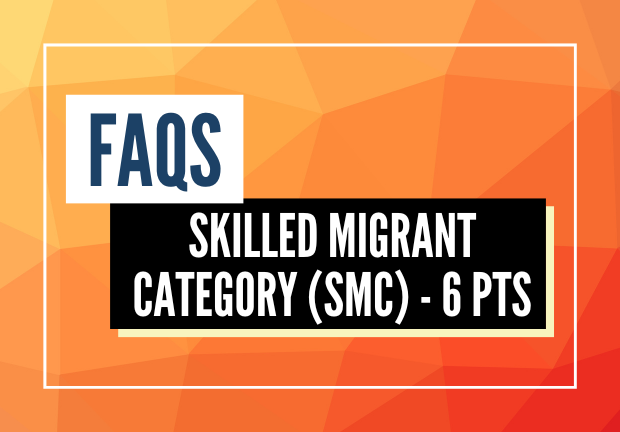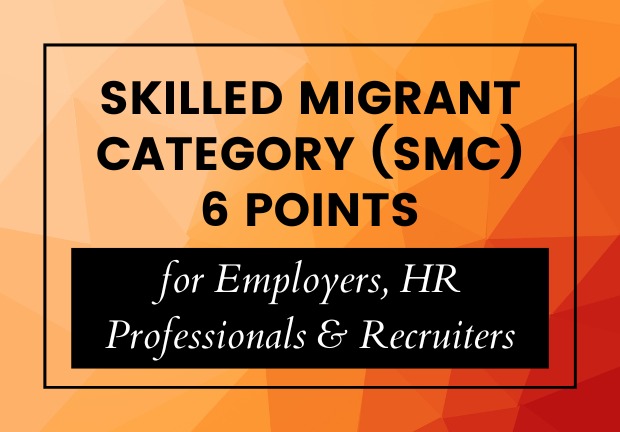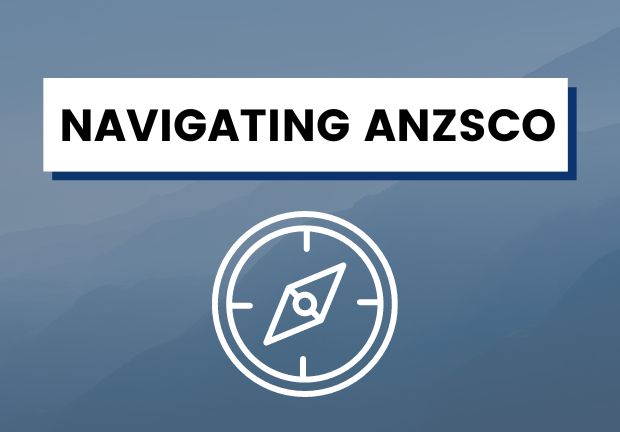Two New Skilled Residence Pathways - What to Watch Out For
24 September 2025The Government’s announcement of two new residence pathways – the Skilled Work Experience pathway and the Trades and Technician pathway – is a much-awaited development.
There are thousands of migrant workers in New Zealand who came here to supplement our country’s workforce shortages across various sectors. Until yesterday, many of them had no pathway or hope of residence. Now, for the first time, they do.
For migrants who previously had no clear road to residence, these changes provide long-awaited opportunities. This is also great news for employers across New Zealand who wish to retain their workers beyond the expiry of temporary visas.
That said, the success of any policy reform lies in its application. To ensure these new pathways deliver on their promise, there are some important details to watch carefully.
Summary of the new Pathways
1. Skilled Work Experience Pathway
- For general skilled roles
- Requires 5 years of directly relevant work experience
- At least 2 of those years must be in New Zealand, paid at 1.1 times the median wage
2. Trades and Technicians Pathway
- Specifically for trade roles
- Requires a minimum relevant Level 4 qualification
- At least 4 years of relevant post-qualification skilled work experience
- Must include at least 18 months in New Zealand at or above the median wage
Key Areas to Watch out For
- Moving Target of the Median Wage
As of 18 August 2025, the median wage rose again to $33.56/hour. Because the Skilled Work Experience pathway requires earnings at the median wage or 1.1 times the median wage, these annual increases directly affect eligibility. Currently, 1.1 times the median wage equates to $36.92/hour.
Migrants and employers will need to plan proactively, as what qualifies this year may not be enough next year. Starting the Skilled Work Experience pathway as early as possible is critical – otherwise, rising thresholds could see people chasing a moving target year after year.
- Changing Definitions of "Skilled"
By the time these pathways open in mid-2026, the National Occupational Classification (NOL*) will likely replace ANZSCO. This change could redefine which roles are considered "skilled".
Clear communication from Immigration New Zealand will be crucial so migrants and employers who begin planning now don’t find themselves caught out later by reclassification.
(*Note: NOL is set to be adopted from 3 November 2025: Read More Here)
- Qualification Requirements for Trades
The Trades and Technician pathway requires both a Level 4 qualification and four years of relevant post-qualification work experience. This is likely to place extra pressure on NZQA’s International Qualification Assessment (IQA) system, so migrants should begin their assessments early.
But what about skilled tradespeople who don’t hold a Level 4 qualification? Without alternatives, many experienced workers may be excluded from this pathway – which risks undermining the policy’s intent.
- Timing and the AEWV Five-Year Limit
Another challenge lies in the Accredited Employer Work Visa (AEWV). Some migrants may see their AEWV expire before they meet residence criteria. Given the five-year maximum continuous stay, many risk being left in limbo despite their proven value to the workforce.
Without clear transition settings, employers could lose highly skilled staff and migrants could face sudden disruption.
Overall, these pathways represent a welcome evolution of New Zealand’s immigration system. They provide hope and certainty for groups who previously had limited options.
At the same time, careful planning and transparent guidance will be essential to ensure the system works as intended. By staying alert to wage thresholds, occupational definitions, qualification requirements, and visa timelines, both migrants and employers can position themselves to take full advantage of these opportunities.
This is a promising step forward for New Zealand. With the right calibration and foresight, these pathways could finally provide the stability and certainty that both employers and migrants have long been waiting for.
Our team is here to help you navigate residence options in NZ. Contact us now to see how we can help you prepare for these new pathways.





